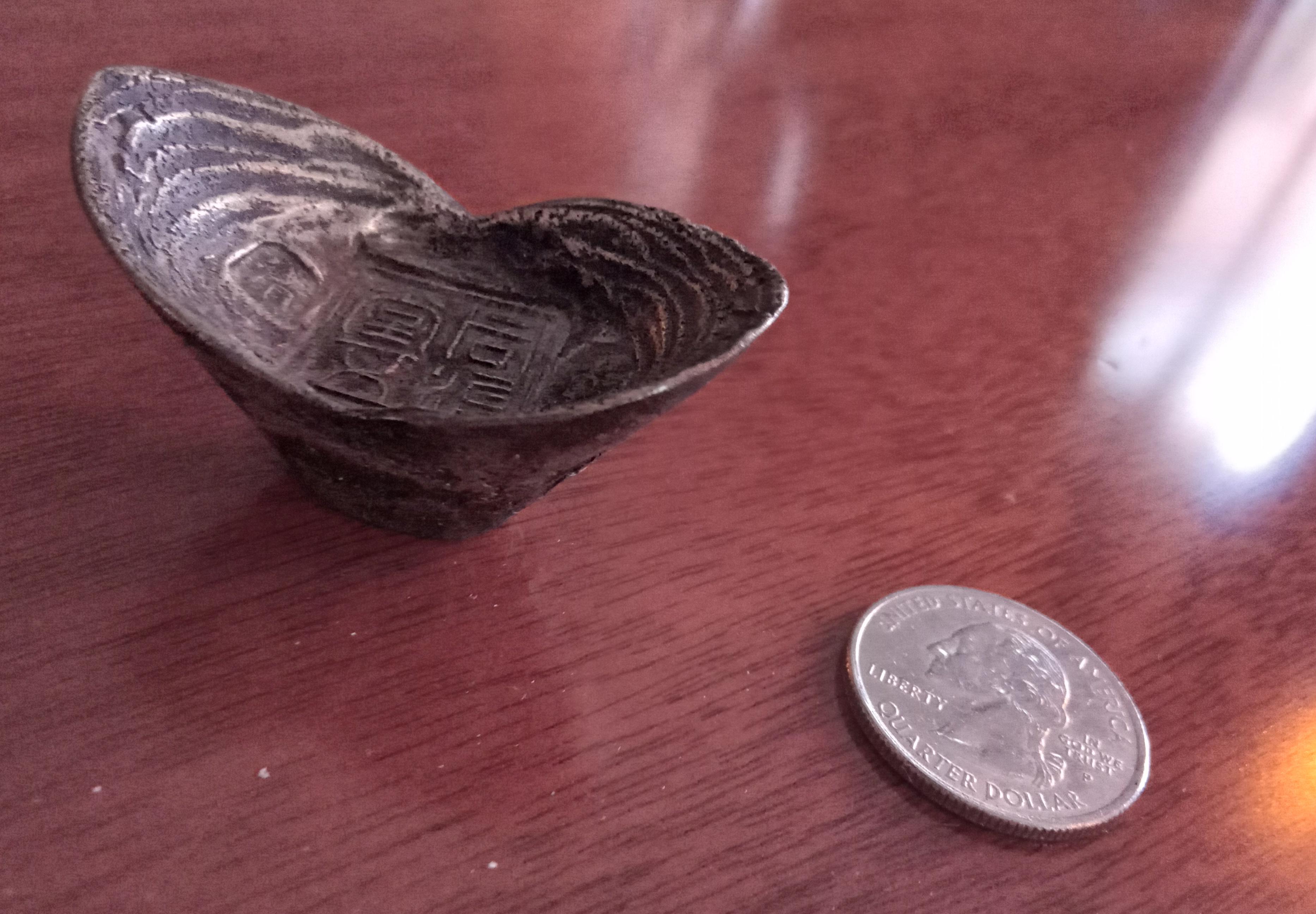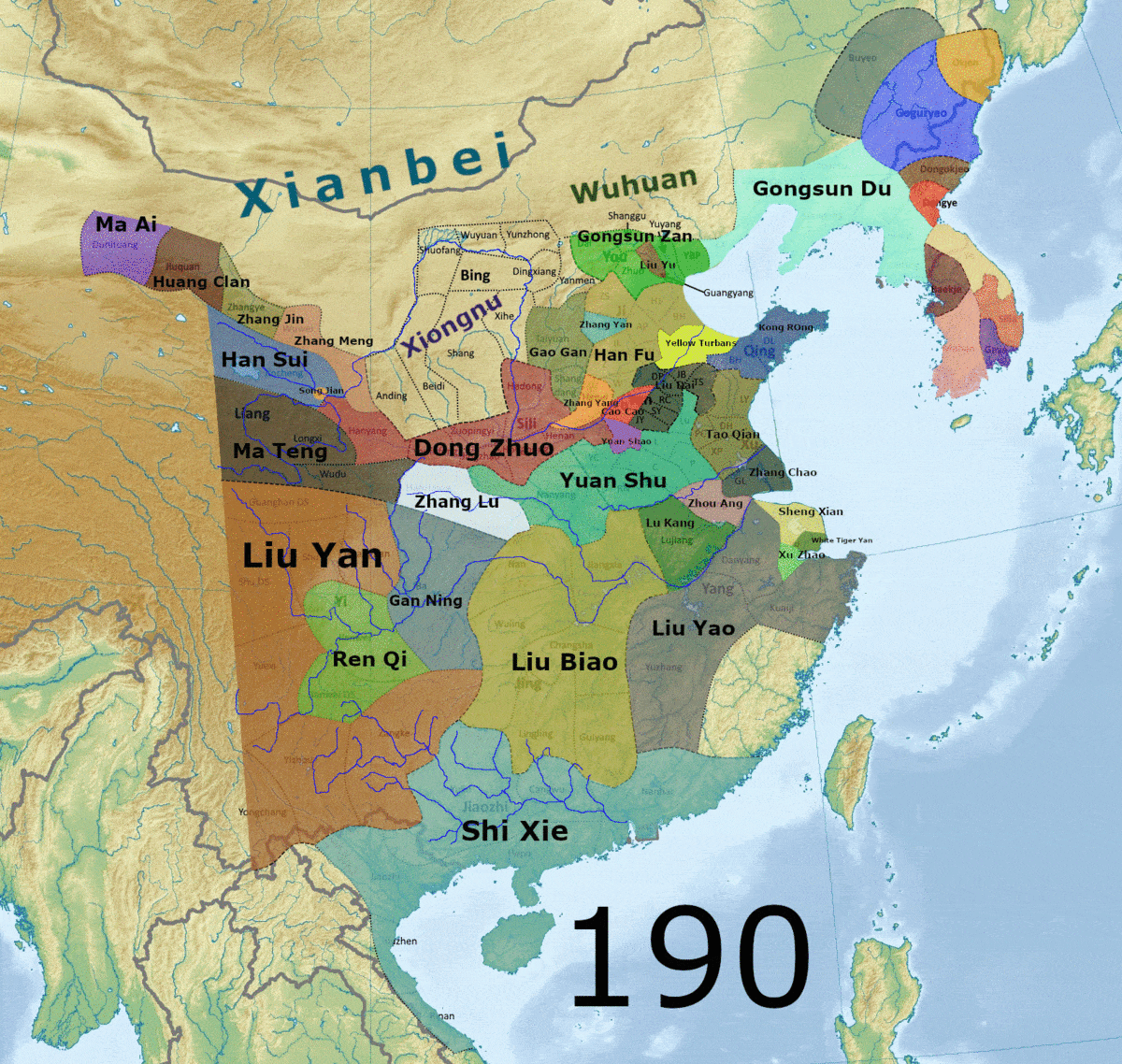|
Catty
The jin () or catty (from Malay ''kati'') is a traditional Chinese unit of mass used across East and Southeast Asia, notably for weighing food and other groceries. Related units include the picul (dan/shi), equal to 100 catties, and the tael (liang), which is of a catty. A stone (also dan/shi) is a former unit used in Hong Kong equal to 120 catties and a ''gwan'' () is 30 catties. Catty or ''kati'' is still used in Southeast Asia as a unit of measurement in some contexts especially by the significant Overseas Chinese populations across the region, particularly in Malaysia and Singapore. The catty is traditionally equivalent to around pound avoirdupois, formalised as 604.78982 grams in Hong Kong, 604.5 grams historically in Vietnam, 604.79 grams in Malaysia and 604.8 grams in Singapore. In some countries, the weight has been rounded to 600 grams (Taiwan, Japan, Korea and Thailand). In mainland China, the catty (more commonly translated as jin within China) has be ... [...More Info...] [...Related Items...] OR: [Wikipedia] [Google] [Baidu] |
Jin (mass)
The jin () or catty (from Malay ''kati'') is a traditional Chinese unit of mass used across East and Southeast Asia, notably for weighing food and other groceries. Related units include the picul (dan/shi), equal to 100 catties, and the tael (liang), which is of a catty. A stone (also dan/shi) is a former unit used in Hong Kong equal to 120 catties and a ''gwan'' () is 30 catties. Catty or ''kati'' is still used in Southeast Asia as a unit of measurement in some contexts especially by the significant Overseas Chinese populations across the region, particularly in Malaysia and Singapore. The catty is traditionally equivalent to around pound avoirdupois, formalised as 604.78982 grams in Hong Kong, 604.5 grams historically in Vietnam, 604.79 grams in Malaysia and 604.8 grams in Singapore. In some countries, the weight has been rounded to 600 grams (Taiwan, Japan, Korea and Thailand). In mainland China, the catty (more commonly translated as jin within China) has bee ... [...More Info...] [...Related Items...] OR: [Wikipedia] [Google] [Baidu] |
Chinese Units Of Measurement
Chinese units of measurement, known in Chinese as the ''shìzhì'' ("market system"), are the traditional units of measurement of the Han Chinese. Although Chinese numerals have been decimal (base-10) since the Shang dynasty, Shang, several Chinese measures use hexadecimal (base-16). Local applications have varied, but the Chinese dynasties usually proclaimed standard measurements and recorded their predecessor's systems in Chinese dynastic histories, their histories. In the present day, the People's Republic of China maintains some customary units based upon the market units but standardized to round values in the metric system, for example the common ''jin (mass), jin'' or catty (unit), catty of exactly 500gram (unit), g. The Chinese name for most metric units is based on that of the closest traditional unit; when confusion might arise, the word "market" (, ''shì'') is used to specify the traditional unit and "common" or "public" (, ''gōng'') is used for the metric value. Taiw ... [...More Info...] [...Related Items...] OR: [Wikipedia] [Google] [Baidu] |
Tael
Tael ( ),"Tael" entry at the . or liang, also known as the tahil and by other names, can refer to any one of several measures used in and . It usually refer ... [...More Info...] [...Related Items...] OR: [Wikipedia] [Google] [Baidu] |
Stone (Chinese Mass)
The picul , shi (), dan or tam, is a traditional Asian unit of weight, defined as "as much as a man can carry on a shoulder-pole". Throughout most of Chinese history, it was defined as equivalent to 120 catties. Some later definitions (British Hong Kong, Chinese market-use system) define it as 100 catties. It is most commonly used in southern China and Maritime Southeast Asia. History The unit originated in China during the Qin dynasty (221–206 BC), where it was known as the ''shi'' (石 "stone"). During the Han dynasty, one stone was equal to 120 catties. Government officials were paid in grain, counted in stones, with top ranked ministers being paid 2000 stones. As a unit of measurement, the word ''shi'' (石) can also be pronounced ''dan''. To avoid confusion, the character is sometimes changed to 擔 (''dàn''), meaning "burden" or "load". Likewise, in Cantonese the word is pronounced ''sek'' (石) or ''daam'' (擔), and in Hakka it is pronounced ''tam'' (擔). The ... [...More Info...] [...Related Items...] OR: [Wikipedia] [Google] [Baidu] |
Pound (mass)
The pound or pound-mass is a unit of mass used in both the British imperial and United States customary systems of measurement. Various definitions have been used; the most common today is the international avoirdupois pound, which is legally defined as exactly , and which is divided into 16 avoirdupois ounces. The international standard symbol for the avoirdupois pound is lb; an alternative symbol (when there might otherwise be a risk of confusion with the pound-force) is lbm (for most pound definitions), # ( chiefly in the U.S.), and or ̶ (specifically for the apothecaries' pound). The unit is descended from the Roman (hence the symbol ''lb'', descended from the scribal abbreviation, '). The English word ''pound'' comes from the Roman ('the weight measured in '), and is cognate with, among others, German , Dutch , and Swedish . These units are now designated as historical and are no longer in common usage, being replaced by the metric system. Usage of the un ... [...More Info...] [...Related Items...] OR: [Wikipedia] [Google] [Baidu] |
Pound Avoirdupois
The pound or pound-mass is a unit of mass used in both the British imperial and United States customary systems of measurement. Various definitions have been used; the most common today is the international avoirdupois pound, which is legally defined as exactly , and which is divided into 16 avoirdupois ounces. The international standard symbol for the avoirdupois pound is lb; an alternative symbol (when there might otherwise be a risk of confusion with the pound-force) is lbm (for most pound definitions), # ( chiefly in the U.S.), and or ̶ (specifically for the apothecaries' pound). The unit is descended from the Roman (hence the symbol ''lb'', descended from the scribal abbreviation, '). The English word ''pound'' comes from the Roman ('the weight measured in '), and is cognate with, among others, German , Dutch , and Swedish . These units are now designated as historical and are no longer in common usage, being replaced by the metric system. Usage of the unqual ... [...More Info...] [...Related Items...] OR: [Wikipedia] [Google] [Baidu] |
Jin Dynasty
Jin may refer to: States Jìn 晉 * Jin (Chinese state) (晉國), major state of the Zhou dynasty, existing from the 11th century BC to 376 BC * Jin dynasty (266–420) (晉朝), also known as Liang Jin and Sima Jin * Jin (Later Tang precursor) (晉國; 907–923), Five Dynasties and Ten Kingdoms period * Later Jin (Five Dynasties) (後晉; 936–947), Five Dynasties and Ten Kingdoms period Jīn 金 * Jin dynasty (1115–1234) (金朝), also known as the Jurchen Jin * Later Jin (1616–1636) (後金; 1616–1636), precursor of the Qing dynasty Others * Jin (Korean state) (辰國), precursor of the Jinhan Confederation * Balhae (698–713), originally known as Jin (震) Places * Jin Prefecture (Shanxi) (晉州), a former Chinese prefecture centered on present-day Linfen, Shanxi * Jin Prefecture (Shaanxi) (金州), a former Chinese efecture centered on present-day Ankang, Shaanxi * Jin Prefecture (Hunan) (锦州), a former Chinese prefecture centered on Luyang in present-day ... [...More Info...] [...Related Items...] OR: [Wikipedia] [Google] [Baidu] |
Three Kingdoms
The Three Kingdoms of Cao Wei, Shu Han, and Eastern Wu dominated China from AD 220 to 280 following the end of the Han dynasty. This period was preceded by the Eastern Han dynasty and followed by the Jin dynasty (266–420), Western Jin dynasty. Academically, the periodisation begins with the establishment of Cao Wei in 220 and ends with the conquest of Wu by Jin in 280. The period immediately preceding the Three Kingdoms, from 184 to 220, was marked by chaotic infighting among warlords across China as Han authority collapsed. The period from 220 to 263 was marked by a comparatively stable arrangement between Cao Wei, Shu Han, and Eastern Wu. This stability broke down with the conquest of Shu by Wei in 263, followed by the usurpation of Cao Wei by Jin in 266 and ultimately the conquest of Wu by Jin in 280. The Three Kingdoms period including the collapse of the Han was one of the most dangerous in Chinese history due to multiple plagues, widespread famines, and civil war. A n ... [...More Info...] [...Related Items...] OR: [Wikipedia] [Google] [Baidu] |
Eastern Han
The Han dynasty was an Dynasties of China, imperial dynasty of China (202 BC9 AD, 25–220 AD) established by Liu Bang and ruled by the House of Liu. The dynasty was preceded by the short-lived Qin dynasty (221–206 BC) and a warring interregnum known as the Chu–Han Contention (206–202 BC), and it was succeeded by the Three Kingdoms period (220–280 AD). The dynasty was briefly interrupted by the Xin dynasty (9–23 AD) established by the usurping regent Wang Mang, and is thus separated into two periods—the #Western Han (202 BC – 9 AD), Western Han (202 BC9 AD) and the #Eastern Han (25–220 AD), Eastern Han (25–220 AD). Spanning over four centuries, the Han dynasty is considered a Golden ages of China, golden age in Chinese history, and had a permanent impact on Chinese identity in later periods. The majority ethnic group of modern China refer to themselves as the "Han people" or "Han Chinese". The spoken Chinese ... [...More Info...] [...Related Items...] OR: [Wikipedia] [Google] [Baidu] |
Western Han
The Han dynasty was an imperial dynasty of China (202 BC9 AD, 25–220 AD) established by Liu Bang and ruled by the House of Liu. The dynasty was preceded by the short-lived Qin dynasty (221–206 BC) and a warring interregnum known as the Chu–Han Contention (206–202 BC), and it was succeeded by the Three Kingdoms period (220–280 AD). The dynasty was briefly interrupted by the Xin dynasty (9–23 AD) established by the usurping regent Wang Mang, and is thus separated into two periods—the Western Han (202 BC9 AD) and the Eastern Han (25–220 AD). Spanning over four centuries, the Han dynasty is considered a golden age in Chinese history, and had a permanent impact on Chinese identity in later periods. The majority ethnic group of modern China refer to themselves as the " Han people" or "Han Chinese". The spoken Chinese and written Chinese are referred to respectively as the "Han language" and " Han characters". ... [...More Info...] [...Related Items...] OR: [Wikipedia] [Google] [Baidu] |
Qin Dynasty
The Qin dynasty ( ) was the first Dynasties of China, imperial dynasty of China. It is named for its progenitor state of Qin, a fief of the confederal Zhou dynasty (256 BC). Beginning in 230 BC, the Qin under King Ying Zheng engaged in a Qin's wars of unification, series of wars conquering each of the rival states that had previously pledged fealty to the Zhou. This culminated in 221 BC with the successful unification of China under Qin, which then assumed an imperial prerogativewith Ying Zheng declaring himself to be Qin Shi Huang, the first emperor of China, and bringing an end to the Warring States period (221 BC). This state of affairs lasted until 206 BC, when the dynasty collapsed in the years following Qin Shi Huang's death. The Qin dynasty's 14-year existence was the shortest of any major dynasty in Chinese history, with only two emperors. However, the succeeding Han dynasty (202 BC220 AD) largely continued the military and administ ... [...More Info...] [...Related Items...] OR: [Wikipedia] [Google] [Baidu] |




